I'm trying to repair a Nakamichi CD Player 3 that I got recently. Service manual from ElektroTanya
Relevant section of the schematic:
Initially, it would not open and just show an error. Replacing belts and bending the home position spring of the stacker to do the job of a broken off lever on the end switch fixed that.
Then it would also intermittently glitch (fail to read the disc and start spinning it in the wrong direction at full speed it can, or reboot and show garbage on the screen). That was fixed by reflowing the linear regulator for the digital 5V rail, because it ran too hot and over time desoldered itself apparently.
After that I tried to play some music and it sounds like it's reduced down to 1 bit. So I recorded a CD with some 1kHz sinewaves and silence, and this is what I got on the output
The signal is the same on the output of the DAC, so the output stage analog filter and OpAmp are pretty much ruled out.
When playing silence, I notice when probing the line with a scope, every now and then on the digital filter data input line there is 1-2 high bits, while I assume silence should be all low bits. (Shorting that line to ground indeed makes the DAC shut up)
Given this situation, I'm assuming the DAC is OK (but not completely ruling it out -- maybe the 2 bits sometimes are normal and are part of some sync or inbetween the clock pulses, so they are not being latched in).
So I turned my attention to the laser mechanism and the DSP that processes the EFM signal. I would assume the problem to be of a mechanical or optical nature, but the readout of CDs and even CD-Rs is very robust, even slowing the CD down with my finger doesn't upset the tracking (unlike some other decks I have). All the timecodes and track listings also show correctly for both pressed and recorded discs.
What could it possibly be, or am I wrong in ruling out the DAC this way? (The DAC is "behind" an opamp, and the rest of the digital circuitry is even further "deep" into the machine, so I don't understand why would an IC go wrong in there)
All the voltages and frequencies seem to be spot-on as per the service manual, minus some slight leeway for my entry-level measurement tools.
Update2: Alrighty, now that I've sorted out my scope issues (and gave it a firmware update), time to dump all the waveforms in the chain I've mentioned previously and try to source the replacement chip, as well as point out any obvious weirdness. How they say — It's the Final Rundown!
- RF output after the amp, measured on the RF testpoint (CN-105:3) while playing a pressed CD
- EFM output from the amp as seen from the U102, taken at R170, with a pressed CD
- The PLL clock, CN-109:2 (~PLCK signal), must be 4.2MHz as per the manual
- Bit clock IN U801:17 (2.?68MHz in the manual) and Word clock IN U801:16 (44.1kHz in the manual): 24 bits per word, isn't it too much for 16 bit CD? or am I reading it wrong?
- Bit clock IN and Data In (U801:18) while playing a silence track on a CD-R, to hopefully highlight the problem. We can clearly see 10 clock cycles are in a logical 1, whereas silence should be 0? Or is it some weird different format?
- Bit clock IN and Data In while playing a music track on a pressed CD
- Oscillator out (U801:4) to the DSP, 6.9244MHz in the manual
- Data Left (U802:12) and Data Clock (U802:13) on the DAC while playing a silence track on a CD-R. This is data for the DAC so it clearly should be zeros and yet!
- Data Right (U802:16) and Data Clock (U802:13) on the DAC while playing a silence track on a CD-R
I was about to take some power voltages and the DAC outs as well but while I was at it the -5VD rail went, and the fuse seems intact so I'm puzzled. Either way without it the DAC is completely silent. Duh, will look into it later.
I have a feeling that otherwise these waveforms either makes it clear that either the U102 is toast or I'm totally lost.
